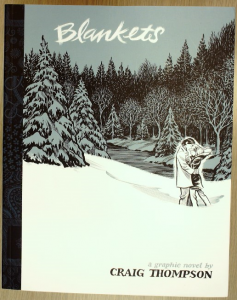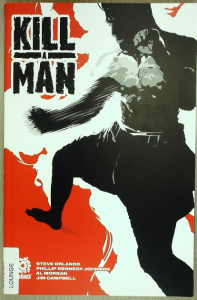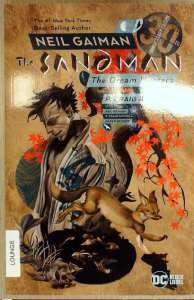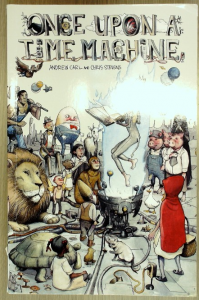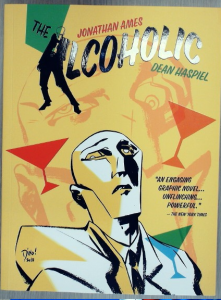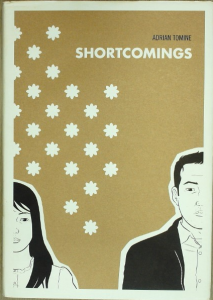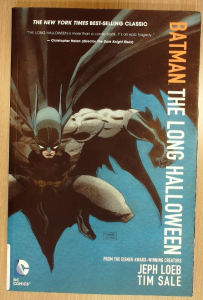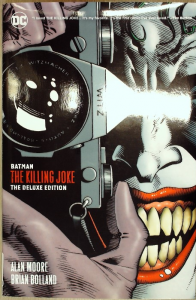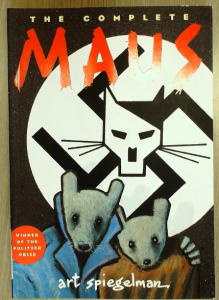[Welcome to the EL Book Introductions series. These posts are all short (<180 words) introductions/reviews of books in the EL library. They focus on telling you what we think will be interesting for you, a college student and English learner, so use them to help you find the right book for you. You can also use the tags to find books about topics you might be interested in.]
_______
Students often ask me about American culture. I always say that the US is full of many different cultures. I did not grow up in a religious family, so I cannot tell students about what it is like to be a Christian in the US. Blankets is not just a story about religion, but the characters’ home and social environments are all thick with Christian influence. This is a kind of “American culture” that is very different from what you probably know in Japan.
Blankets is about a high-school student named Craig and his romance with Raina, a girl he meets at a Christian ski camp. Both families are deeply religious. Craig’s father’s religion leads him to abuse his two sons. On the other hand, Raina’s parents’ religion leads them to care for children in need. Craig is an artist and Raina, a poet. Their relationship has ups and downs, and Craig rethinks his relationship with God.
My two cents: You’ve seen Blankets on the bookshelf, because it is the thickest comic book we have (and we have two copies)! However, I read it in two afternoons: the story goes quickly, and the language is not too difficult.
